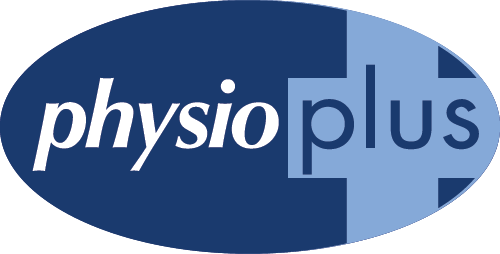By Christine Morrison- Physiotherapist
What is Osteoarthritis?
Osteoarthritis (OA) is a degenerative joint condition as a result of the joint surfaces becoming damaged and thickened. The protective cartilage on the ends of the bones becomes thin and deteriorates.
The joint capsule, ligaments, muscles and underlying bone is also affected, thus the movement of the joint becomes painful.
Osteoarthritis is the most common lifestyle disease in people over 65 years of age in Canada. OA is more common than high blood pressure & diabetes.
It is estimated that 30% of people aged 50 & above report hip and/or knee pain. OA can affect any joint of the body where cartilage covers the ends of the bones, but most commonly affects the joints in the hands, fingers, knees, and hips.
Stages of knee Osteoarthritis (OA). Kellgren and Lawrence criteria for assessment stage of osteoarthritis. The classifications are based on osteophyte formation and joint space narrowing.
What Causes Osteoarthritis?
The number of people with OA increases with age, but age does not cause OA. The cause of OA is due to many factors. There are risk factors we cannot control; such as age (it is more frequent with increasing age), sex (it is more common in women), or genetics (there is an increased risk of a child developing OA if one or both parents have OA).
But fortunately there are some risk factors that we can influence and potentially change, such as:
- Joint injury- preventative muscular training.
- Joint overload from work and/or sport- too much joint load from high level sports, activities, and heavy physical labour.
- Obesity- every extra kilogram increases joint load 3-5 times. A weight loss of as little as 5% can reduce pain and improve your function.
- Physical inactivity- inactivity worsens cartilage, muscle, and bone quality. Neuromuscular exercise improves cartilage quality in people at risk of osteoarthritis. Aerobic exercise & strength training gives the largest reduction in pain.
- Muscle weakness- can lead to joint strain and altered alignment which accelerates joint injury
Can Physiotherapy Help?
Yes, physical activity is medicine. In the acute stage physiotherapy can help settle down the joint inflammation, pain, and stiffness. The best evidence-based treatment for managing osteoarthritis is by strengthening the surrounding joint musculature.
In a recent article in The Australian newspaper, it is said that “the single most important thing you can to do reduce knee pain is to strengthen the quadriceps muscles in the front of your thighs. ‘It will lead to a 30 to 40 percent improvement, which is far better than you would hope to get with pills and therapies.” (The Australian, What are the Best Methods to Reduce Knee Pain?)
At PhysioPlus we offer the GLA:D™ Canada exercise program for osteoarthritis of the hip and knee. This 6-week program offers targeted neuromuscular exercises which allows nourishment of the cartilage, strengthens the muscles and improves alignment. All this helps overall function. Results of this program have proven that exercising twice a week has an even greater pain relieving effect than painkillers. The GLA:D™ Canada program is a nationwide evidence-based initiative supported by Bone & Joint Canada, The Arthritis Society, and The Physiotherapist’s Association of BC. For more information, visit our GLA:D™ Canada page here.
Our physiotherapists can also recommend other treatment options that can give symptomatic relief of osteoarthritis such as manual therapy, hydrotherapy, orthotics, bracing, modalities such as ultrasound and interferential and acupuncture.

